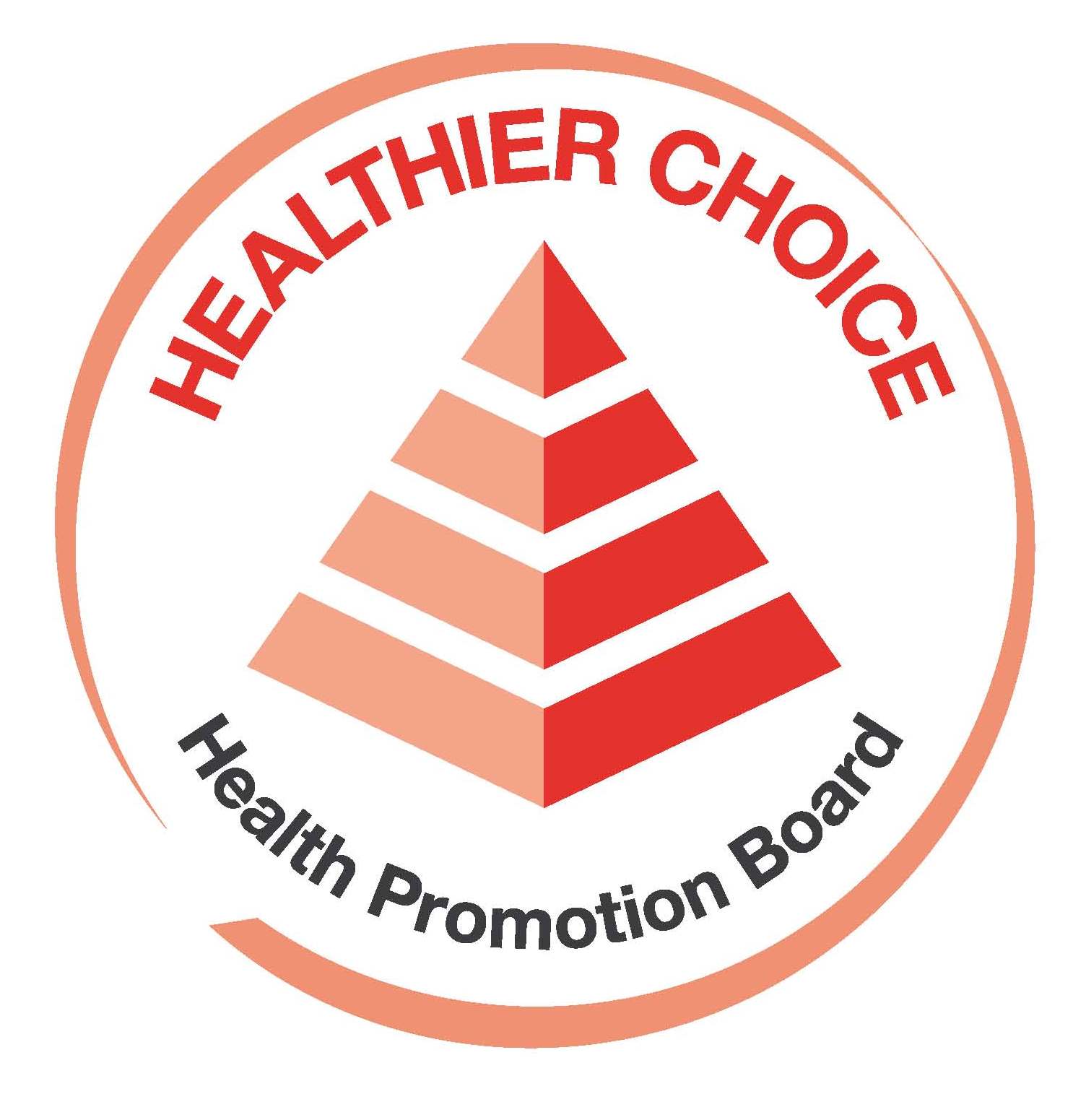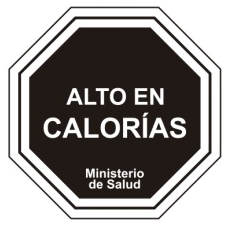Less than one second – faster than the blink of an eye. That’s how long consumers spend looking at a nutrition label.1 Yet nutrition labeling is viewed as a critical public health tool to help educate and promote healthy diets among consumers – but with such short attention spans, labels need to truly stand out to make a positive impact.
Enter the growing trend of front-of-pack (FOP) labeling. FOP labels are a simpler form of nutrition labeling that take select nutrition information – such as the amount of calories or sugar in a product – and transform that complex information into symbols, colors, or words on the front of a product package. Such labeling makes nutrition information simpler and more accessible to 1) guide consumers to healthier purchases, and 2) encourage manufacturers to develop more nutritious products.
With much of the world now facing an obesity crisis, FOP labeling is becoming a go-to policy for countries to combat the widening weight problem. More than 25 governments to-date have introduced FOP labels of varying formats, and every day, more countries are considering such adoption.
A Brief History of FOP Labels
FOP labeling is not a new concept. In fact, FOP labels have existed for more than 30 years, with Sweden’s introduction of the Nordic Keyhole – a voluntary health logo – in 1989. But while FOP labeling is not a new development, it is a rapidly evolving one. In terms of both enforcement and format, FOP labeling is vastly different from what it was three decades ago. Where once FOP labels were used mostly on a voluntary basis, now these labels are mandated by governments in some countries to help improve the health of citizens. And while health logos like the Nordic Keyhole still exist, they are quickly being outpaced by newer, trendier label formats – some of which indicate healthier selections, and others that warn against less healthy choices.
A Plethora of Labels Today
With the growing global interest in FOP labeling, there is now an abundance of these labels in the world, all of which vary in terms of color, format, and nutrient criteria. Some of the most typical forms include:
 Traffic Lights – These indicate whether a product has a high, medium, or low amount of nutrients to limit (e.g., sugar, sodium, saturated fat) using a red, amber, or green coloring. These labels exist in countries such as the United Kingdom, South Korea, and Ecuador.
Traffic Lights – These indicate whether a product has a high, medium, or low amount of nutrients to limit (e.g., sugar, sodium, saturated fat) using a red, amber, or green coloring. These labels exist in countries such as the United Kingdom, South Korea, and Ecuador.
 Summary Indicators/Scores – These labels use an algorithm to evaluate a product’s balance of nutrients to limit and nutrients/ingredients to encourage ( e.g., fiber, whole grains). The algorithm gives products a rating of healthfulness, such as a letter grade or number. These label forms are used in France, Australia, and New Zealand.
Summary Indicators/Scores – These labels use an algorithm to evaluate a product’s balance of nutrients to limit and nutrients/ingredients to encourage ( e.g., fiber, whole grains). The algorithm gives products a rating of healthfulness, such as a letter grade or number. These label forms are used in France, Australia, and New Zealand.
 Health Logos – These labels are displayed on products that meet a certain level of nutrients/ingredients to encourage, without exceeding thresholds doe nutrients to limit. These logos are used in the Nordics and in many Asian countries.
Health Logos – These labels are displayed on products that meet a certain level of nutrients/ingredients to encourage, without exceeding thresholds doe nutrients to limit. These logos are used in the Nordics and in many Asian countries.
 Warning Labels – A newer form of labels, these alert consumers to products that contain high amounts of calories, sodium, sugar, and/or saturated fat – suggesting to consumers that these products should be approached with caution and possibly avoided. Chile revolutionized the FOP label scene with its stop-sign like warning labels in 2015. Since then, warning labels have been adopted in Peru, Uruguay, and Israel, and they are under consideration in Canada, Brazil, Colombia, and Guatemala, among many other countries.
Warning Labels – A newer form of labels, these alert consumers to products that contain high amounts of calories, sodium, sugar, and/or saturated fat – suggesting to consumers that these products should be approached with caution and possibly avoided. Chile revolutionized the FOP label scene with its stop-sign like warning labels in 2015. Since then, warning labels have been adopted in Peru, Uruguay, and Israel, and they are under consideration in Canada, Brazil, Colombia, and Guatemala, among many other countries.
Research is Promising, But More is Needed
The high variation among FOP labels exists partly because there is little evidence to indicate which FOP format is the most effective. Research has shown varying benefits of different labels on reformulation2,3 and consumers’ ability to identify healthier choices4 – but these effects are sometimes small.5 While initial findings show some promise, more research is needed to fully understand FOP label effects. This includes conducting more research around FOP labeling impact in the real-world, as opposed to survey settings; effects in different regions, especially developing countries; and the long-term impact on purchase habits and health outcomes.
What This Means
FOP labeling interest is not slowing. It will continue to be a top priority for governments around the world, including the United States. This year, the U.S. Food & Drug Administration (FDA) announced its intent to explore a standard voluntary icon for products that meet its “healthy” definition. This process may begin as early as 2019, and FDA will likely look to international label examples as it determines its own.
In the meantime, keeping an eye on global activities is essential. Because of the recognized value of FOP labeling, the World Health Organization and the Codex Alimentarius committees are now involved in work to develop global FOP labeling guidelines to facilitate the adoption of and harmonization among these increasingly important labels. While a single universal FOP label is unlikely given the vast regional differences in consumers’ nutrition familiarity and literacy, this authoritative guidance is nevertheless likely to shape the future landscape for FOP labeling around the world, and domestically.
For help in better understanding the FOP labeling landscape, please contact Laurie Hainley at FoodMinds ([email protected]).
References:
- New insights into nutrition labelling in Europe. 2012. Available from: https://www.eufic.org/en/healthy-living/article/new-insights-into-nutrition-labelling-in-europe
- Mhurchu CN, Eyles H, Choi Y. Effects of a voluntary front-of-pack nutrition labelling system on packaged food reformulation: the Health Star Rating System in New Zealand. Nutrients. 2017;9:E918.
- Mandle J, Tugendhaft A, Michalow J, et al. Nutrition labelling: a review of research on consumer and industry response in the global South. Glob Health Action. 2015;8:25912.
- Egnell M, Talati Z, Hercberg S, Pettigrew S, Julia C. Objective understanding of front-of-package nutrition labels: an international comparative experimental study across 12 countries. Nutrients. 2018;10(10):1542. doi:10.3390/nu10101542
- Final report summary – FLABEL (food labelling to advance better education for life). 2013. Available from: https://cordis.europa.eu/result/rcn/55835_en.html
Laurie Hainley, RD, is a senior account supervisor at FoodMinds, a division of Padilla in Washington, D.C.